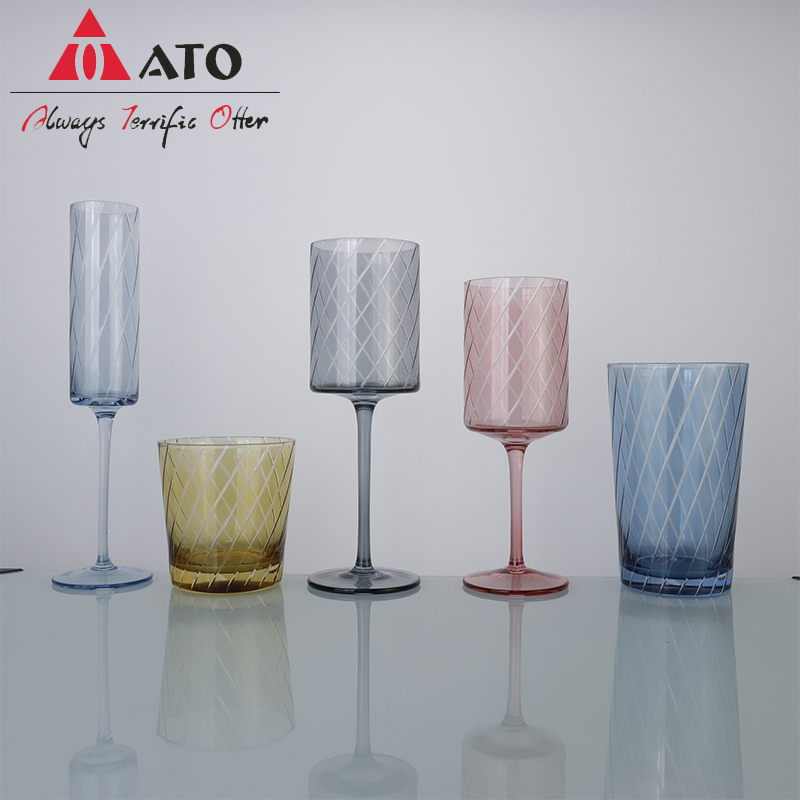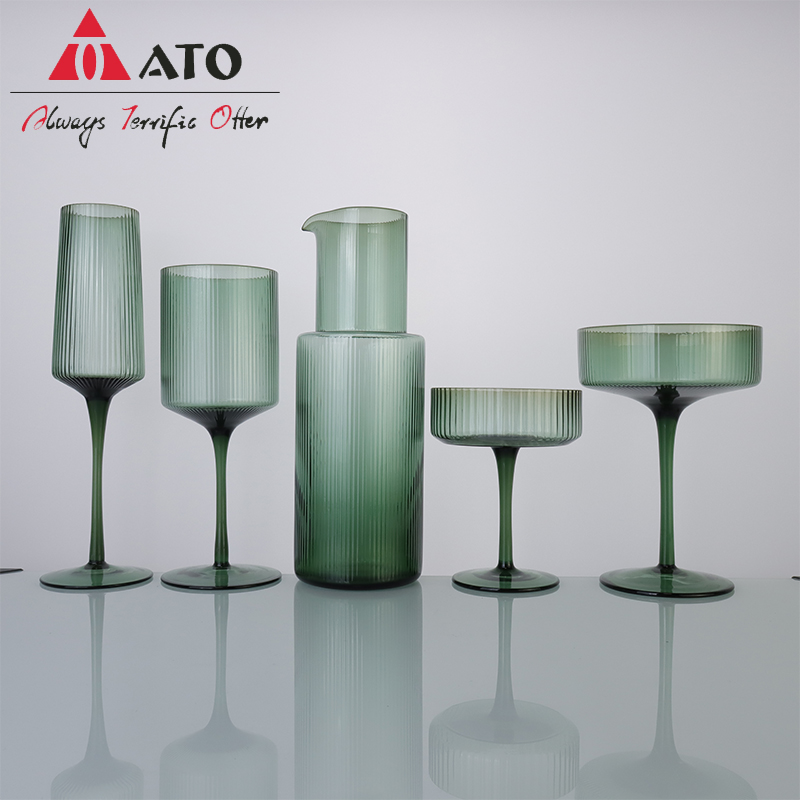The gap between China's printing equipment and international counterparts
The development of the region is extremely uneven: the development of the east, middle, and west is uneven. According to relevant statistics in 1999, 10 provinces and cities in the west accounted for 56% of the country's total area, and the population accounted for 3%. The output value of the printing industry (books, packaging, newspapers, and others) accounted for 16.3%. The development gap between the East, Central and West regions is also very large. For example, the output value of the printing industry in Guangdong Province accounts for 10.1% of the national printing industry output value. Shaanxi Province accounts for 7.7% of the country, accounting for 75.3% of the Northwest Region. The output value of Tibet's printing industry is less than 1.1% of the country, and Guangdong is 10.5 times that of Tibet.
The general printing capacity is excessive, the high-grade fine printing capacity is insufficient, and the enterprise's efficiency is not good. The Press and Publication Administration surveyed 370 book printing companies last year, of which 90% of companies can only produce single classes, and many companies even have insufficient tasks in a single class. The decline in profits, in 1999 the country's 1,28 national and provincial print book printing enterprises, loss 454, accounting for 37%, profit and loss only profit of only 40.5 billion. Other book printing companies can imagine. In the newspaper printing industry, everyone thinks that it is the best benefit. In fact, it is profitable from advertising revenue. Printing newspapers does not make money. The advertising revenue is actually uneventful. According to statistics, there were 36 advertising revenues of over 100 million yuan in 1998. Among them, there are 16 over 200 million, 3 over 300 million, and 3 over 600 million, accounting for less than 2% of the total number of newspapers (about 2200 kinds of newspapers in 1998), and about the total advertising revenue. 70%. The remaining 30% of advertising revenue feeds 98% of newspapers. It can be seen that there are quite a few newspaper printing houses that have not had a good day. There are also many companies in the packaging industry who have long-term losses or are at the edge of losses. According to a survey conducted in 1999 on 105 large and medium-sized state-owned enterprises and package printing companies that had achieved better results after restructuring, profit-making units (per capita profit tax between 1,000 and 5,000 yuan) accounted for 45.7%; 22 loss-making enterprises accounted for 21%; The total accounted for 66.7%. Not as great as the 1980s. Why is this happening, mainly due to the general excess printing capacity, lack of long-term tasks, lack of high-end fine print capabilities, strict quality requirements, and high-margin tasks cannot be printed.
Printing brush equipment is backward. Books, packaging and printing companies are still using large-scale single-sheet, double-color machines, and even behind-the-spot OIS machines. In some places, backward printing equipment is still used. Many bookbinding companies still have a lot of manual operations. High-efficiency multi-color machines, although they have a large amount of imports, are still used by a few companies. Although newspaper printing enterprises have imported many efficient printing machines, most of the pre-press platemaking equipment still use traditional plate-making equipment. Only a few advanced CTP equipments have imported foreign products.
The craft is behind. At present, most of the printing companies still use traditional processing methods. Only a few companies have just started the advanced digital process flow. There is a serious shortage of funds for technological transformation of printing companies.
Management is backward. Most modern enterprise management systems have not yet been established and the quality of personnel does not meet the new requirements. The demand is 100,000 square meters, about 90% need to import.
Small but complete, large and complete enterprises, serious low-grade redundant construction, there are too few specialized enterprises with strong competitiveness.
(B) The gap between printing equipment and equipment
The overall gap between printing equipment and equipment industry is: low grade of products, over-supply of equipment and equipment in middle and low grade, balance of supply and demand, and high-grade equipment and equipment mainly rely on imports.
Mainly in:
1. The gap between prepress equipment: The printing industry is currently developing toward the trend of “digital and networkâ€, and China is facing a huge gap with the world's printing equipment. Although CTP equipment has been developed in China, it has not yet entered the actual use stage. There are still many gaps between its performance and the advanced level in foreign countries, and quality has yet to be tested in time. In the United States, more than half of the printing companies now use CTP plate-making equipment, while China only has more than 80 imported CTP machines. The digital cameras and digital proofing machines that they support are all imported.
The traditional middle and low-end prepress equipment can basically meet the demand for the inner products, while the high-end equipment basically depends on the imports. Such as high-end scanners, high-precision automatic laser imagesetters, color printers and so on.
2. The gap of printing equipment: It is mainly a product with less function automation, low intelligent control level, and poor reliability. Therefore, the supply and demand of middle and low-end products are balanced or oversupply, and high-end equipment mainly depends on imports.
In 1999, China imported 675 million U.S. dollars worth of printing equipment and spare parts, and exported 16.18 million U.S. dollars. The import and export ratio is 4171. The ratio of imports to domestic sales is about 1.871. That is, domestic equipment accounts for about 35% of the total domestic market.
In 1999, it imported 345 million U.S. dollars worth of offset printing presses. About 70% of the domestic market. Relevant data show that only the Heidelberger company's sales of offset presses entering the Chinese market from 1999 to 2000 were approximately equal to the total sales of home-made offset presses in 1999. In offset presses, single- and double-color offset presses have dominated domestic machines, while multi-color plastic machines with higher technological content have dominated domestic ones, while multi-color offset presses with higher technological content have mainly imported ones. According to statistics, since the reform and opening up, imported multicolor sheetfed offset presses accounted for about ten thousand kilowatts in the domestic market and the market share of home-made sheetfed offset presses decreased year by year. There are data indicating that imported sheetfed offset presses 420 from 1998 to 1999. Taiwan, domestic machine 79, imported machine market share of 84.17% in the web offset press, the situation is more serious, commercial web offset press about 30 domestic, only one is a domestic machine.
More than 200 domestically-imported flexo presses have been imported, accounting for more than 90% of the domestic market.
More than 420 imported equipment for gravure presses in the mid-range and above, most of the market is occupied by domestic aircraft.
With the development of digital printing presses, the country has just begun to study, and now all rely on imports.
3. The gap between the post-press equipment: mainly due to incomplete varieties, low levels of product automation and intelligent control, and high-end equipment mainly rely on imports.
At present, domestically-made die-cutting machines, paper cutters, and horse-riding staplers basically meet the demand, and only a few high-grade equipment are imported. The main difference is that the automation and intelligent control of domestic equipment needs to be further improved, and the appearance quality needs to be improved.
High-end flat-packed joints, high-end hardcover co-motivators, high-end folder-gluers, bag-making machines, high-grade glazing machines, circular presses and die-cutting machines, high-end slitting machines, carton production lines, dry wet-laid compounding machines, ticket production lines and other equipment There is a larger import. Domestic equipment is mainly automated, intelligent control level is low, and reliability can be improved.
4. The main gaps of printing equipment:
There is a wide variety of printing equipment. The overall gap is incomplete varieties and the quality of products is huge. High-grade equipment mainly depends on imports. Offset plate: CTP plate, all rely on imports; domestic CTP plate although research, but the speed is too slow. Ordinary PS version, the production capacity is greater than the demand, some high-end PS version still need to import, negative version PS version basically rely on imports.
Flexo plate: Medium and low flexo plates can be produced domestically, and high-grade flexo plates need to be imported. According to statistics, domestic demand in 1999 was 100,000 square meters, and about 90% needed import.
Film: At present, the quality of laser image films is largely different from that of foreign countries.
Ink: At present, UV inks, inkjet inks for color TVs, inks for modern office supplies, and thermosetting inks are widely separated from foreign countries. Some quality needs to be further improved, and some are still blank in China.
Blanket: Ordinary blankets can basically meet domestic demand. High-grade air-cushion blankets mainly depend on imports. Domestic blankets can not meet the need for high-speed printing.
Paper: The high-grade printing paper and paperboard parts need to be imported. In 1999, more than 8 million tons of domestic paper and paperboard were printed, and 6.5 million tons were imported, accounting for about 45%.
A red wine glass and a white wine glass are two different types of wine glasses used to enhance the drinking experience of each respective type of wine.
A red wine glass typically has a larger bowl and a wider opening compared to a white wine glass. The larger bowl allows for better aeration of the wine, allowing it to come into contact with more oxygen and release its aromas. The wider opening also allows for better access to the wine, making it easier to take in the full range of flavors.
On the other hand, a white wine glass has a smaller bowl and a narrower opening. The smaller bowl helps to preserve the cooler temperature of white wines, as they are typically served chilled. The narrower opening helps to concentrate the delicate aromas of white wines, allowing them to be fully appreciated.


Red Wine Glass,White Wine Glass,Stemless Wine Glass,Stem Wine Glass,red wine glasses set
Xi'an ATO International Co., Ltd , https://www.xianato.com